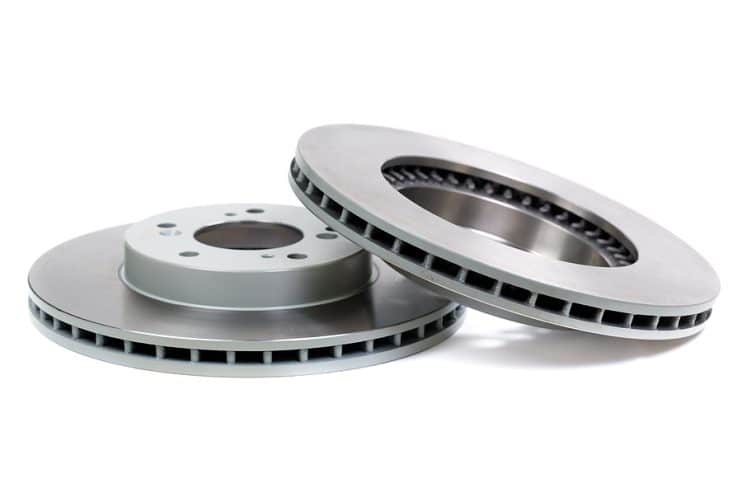
Brake discs play a vital role in making sure your vehicle stops safely. When you press the brake pedal, the brake pads clamp onto the spinning discs, generating friction that converts your car’s kinetic energy into heat, slowing it down.
Table of contents:
- What do brake discs do?
- How do you know if your brake discs are worn out?
- What are the causes of brake disc wear?
- How many miles should brake discs last?
- Should I always replace the brake pads when changing discs?
- Will my car fail its MoT due to worn brake discs?
- How can I replace brake discs myself?
Knowing the signs and symptoms of worn-out brake discs is essential for maintaining road safety and vehicle performance. In this guide, we’ll explain what brake discs do, how to tell if they’re worn out and what causes them to wear out prematurely.
What do brake discs do?
Brake discs and pads work together to slow or stop your vehicle when you apply the brakes. As you press the brake pedal, the brake calliper, which houses the brake pads, activates.
The brake pads clamp onto the brake discs, creating friction that converts your car’s kinetic energy into heat, causing it to decelerate and stop.
How do you know if your brake discs are worn out?
There are several signs that indicate your brake discs may be wearing out and that you may need to replace them with new or used brake discs:
- Dashboard warning light: Most modern vehicles now have dashboard warning lights that light up when the anti-lock brake system (ABS) detects problems. An illuminated ABS or brake warning light could mean that there are issues with your brake discs.
- Cracks and splits: Check your brake discs for any damage such as splits or cracks. These can weaken your brake discs and stop them from dissipating heat, which could even lead to brake failure.
- Uneven disc wear: If you notice uneven wear on your car’s brake discs, it could suggest that there are issues with the brake pad alignment or calliper functionality. If you’re not sure, ask a trusted professional to check as this will prevent further damage to your braking system..
- Unusual noises: Any squealing, grinding, or scraping noises when braking can often indicate worn brake pads or damaged brake discs. If you notice any unusual noises while braking, you should have them checked straight away. This will ensure your safety and your passengers’ safety and help you avoid more extensive repairs.
- Decreased stopping power: If you notice that your car is taking longer to brake or doesn’t stop as efficiently as usual, it could be a sign that your brake discs are nearing the end of their lifespan.
- Vibrations: If you feel vibrations or pulsations through the brake pedal or steering wheel when braking, it could be a sign of warped brake discs. Warping is caused by excessive heat buildup during braking, causing the disc to distort.
- Warping: Warped brake discs will look visibly distorted or uneven. If you don’t have them fixed, they can compromise your vehicle’s braking efficiency and lead to dangerous driving conditions.
- Pulsating brake pedal: A pulsating or vibrating brake pedal is often a symptom of warped brake discs. It happens when the brake pads make uneven contact with the warped surface of the brake discs.

What are the causes of brake disc wear?
Like any car component, wear and tear and damage from driving can be two significant factors, but other reasons can be the culprit. Here are a handful of reasons why your brake discs may be wearing down earlier than they should be:
Normal wear and tear
Even under normal driving conditions, brake discs experience continuous friction and exposure to high temperatures whenever the brakes are applied. Over time, this constant heating and cooling cycle, combined with the abrasive contact between the pads and discs, leads to gradual wear and tear. As the discs wear down, their thickness decreases, reducing their ability to dissipate heat effectively and increasing the risk of warping or cracking.
Rapid braking
When you need to brake suddenly or aggressively, such as in emergencies, the brake pads apply much more pressure and friction against the discs. This intense friction generates excessive heat in a short period, which the discs may struggle to dissipate quickly enough. Repeated rapid braking can lead to accelerated wear and tear, as the high temperatures and pressure cause more material to be removed from the disc surface.
Stop-start traffic
If you live in a city, you likely have to start and stop frequently in heavy traffic. With frequent stops and starts, your vehicle’s brakes are engaged much more often than in motorway or country lane driving. When you brake, the pads clamp onto the discs, generating heat and wear. The constant cycle of braking and releasing means the discs face more heating and cooling cycles over the same distance, leading to faster wear.
Steep hill
If you’re driving down steep hills, you tend to rely much more heavily on your brakes to control your vehicle’s speed. The long or frequent braking you use to keep to a safe speed downhill generates a lot more heat than usual in the brake discs. This heat will speed up wear and tear, warping, or even cracking of the discs.
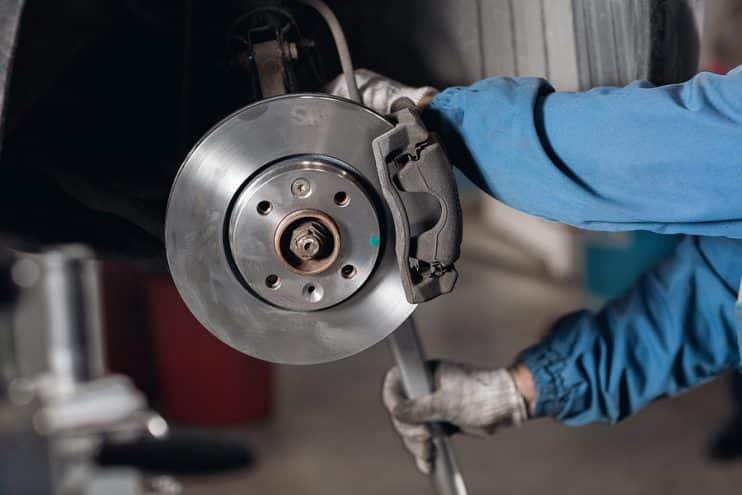
How many miles should brake discs last?
The lifespan of your vehicle’s brake discs can vary quite a lot depending on how you drive, the road conditions where you live or travel, and the quality of your brake discs. On average, brake discs can last anywhere from 30,000 to 70,000 miles. Regular inspections and replacing them when needed are crucial to ensure the best performance and safety on the road.
Should I always replace the brake pads when changing discs?
Yes, replacing the brake pads when changing the brake discs is a good idea. Brake pads and discs work together as a system, and worn pads can quickly damage new discs, leading to premature wear. Chances are, if you’re replacing worn brake discs, it’s also worth getting replacement brake pads fitted.
Will my car fail its MoT due to worn brake discs?
This depends on how much material is remaining on your pads. An MoT will check that at least 1.5mm of pad material remains on your brake discs. If there is less than this, it will be a failure on your MoT. If your brake discs are close to this limit, you may get an advisory note to have them replaced as soon as possible.
How can I replace brake discs myself?
Replacing brake discs involves several steps, but it’s fairly straightforward. For detailed guidance on changing brake discs, including specific instructions and safety precautions, check out our guide to changing a brake disc.

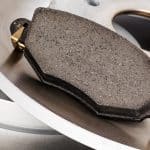
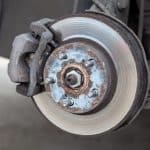
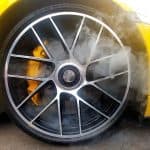
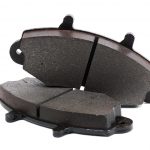
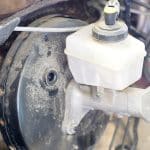
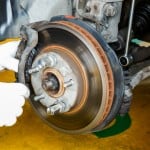

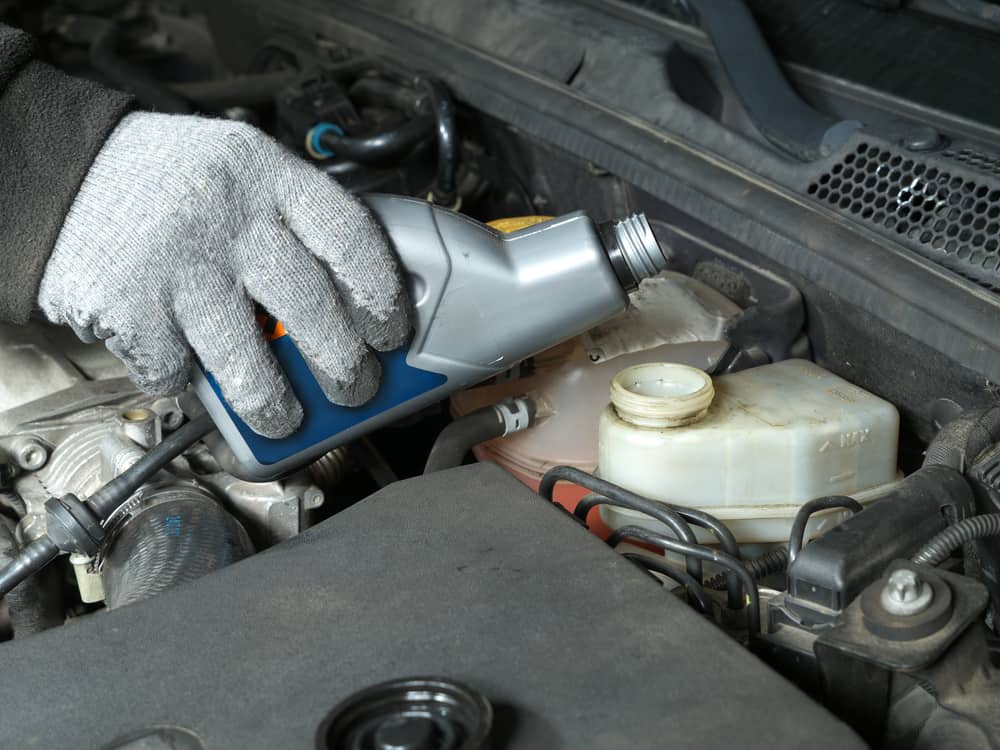
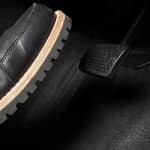
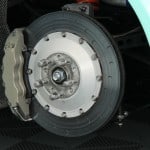
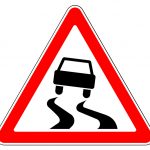
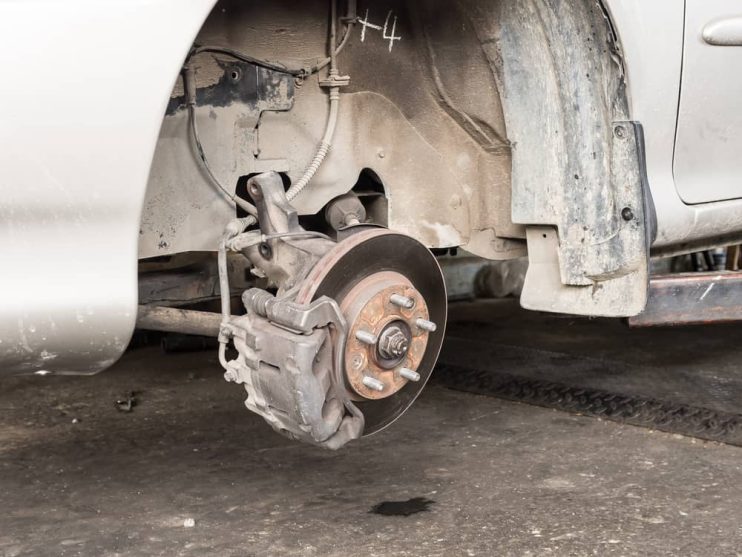
.png)